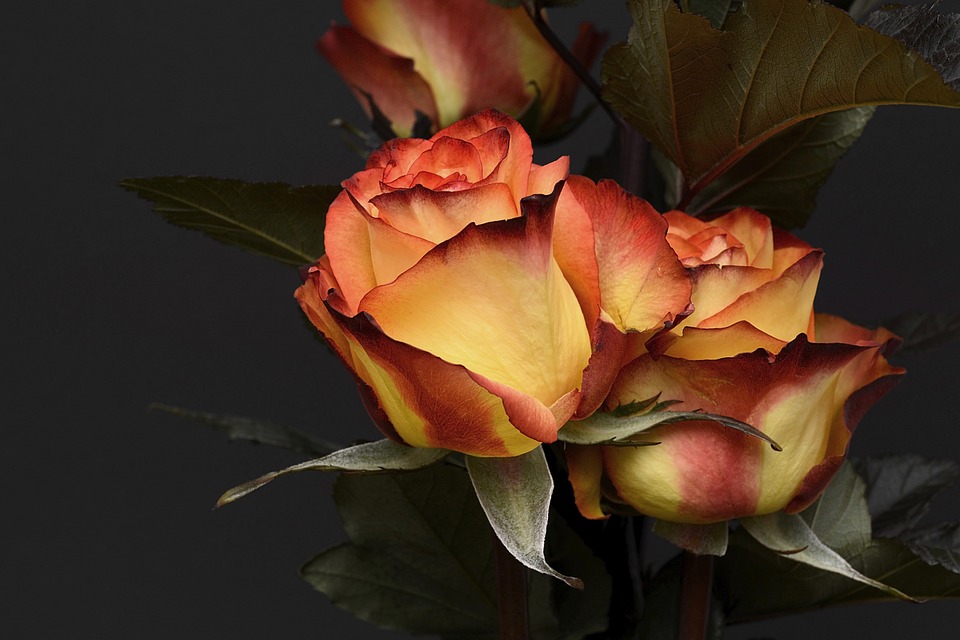Indian weddings are easily among the most colourful, elaborate and lively in the entire world. As opposed to the West, where it is the bride and the groom that are the prominent characters, in an India marriage, it is the fast and extended people on the two sides that are the star gamers! A wedding ceremony is a social affair, and heralds the coming jointly of not just the pair but of their families as properly. So, it must come as no shock that a bulk of the youth comply with their family’s wishes even now and go in for organized marriages.
A regular Indian wedding contains of 3 wide segments – the pre-marriage ceremonies (which are almost as elaborate as the real wedding by itself), the wedding day and some submit-wedding day rituals.
India is a huge and assorted nation, with the North, South, East and West each and every possessing its personal exclusive languages, delicacies, customs and traditions and wedding rituals.
North Indian marriages
A standard North Indian marriage requires spot at the brides’ household. North Indian marriages are characterised by quite a few pre-marriage and submit-wedding ceremony ceremonies. The most significant pre-wedding day ritual is that of the Mangni or Sagai (engagement ceremony). The boy and the woman trade rings in the existence of a spiritual priest and relatives and shut friends.
On the true day of the wedding, the boy’s household sets off for the girls’ home in the night amidst a great deal of cheering, dancing and typical merriment. The groom mounts a brightly adorned horse, usually with the youngest boy of the household sitting down up entrance with him. He is preceded by a group of his male and feminine relatives, and buddies, dressed in all their finery and accompanied by a musical band. His facial area is lined with a curtain of flowers (the sehra which is tied by his sister). The noisy, procession, with the band belting out the tunes of the newest Bollywood chartbusters, can make its leisurely way past residential residences, occupied streets before lastly arriving at the girl’s home.
The groom and his spouse and children are warmly obtained by the girl’s family members, new customers greet every other by exchanging garlands of bouquets.
At last, the groom and the bride, seated on a dais, get up to exchange garlands in the Jaimala ceremony – 1 of the most important of North Indian wedding traditions -amidst a large amount of great-natured cheering.
The future portion is the most symbolic a person – the Saat Pheras (or the seven techniques) that the bride and groom take around the ceremonial hearth. Hence generally requires put very late – usually after 12 midnight – a lot immediately after the attendees have feasted and still left and only the incredibly near family on both facet are still left. Equally of them circle the terrified fire, getting vows to appreciate and honour each individual other in the course of their life. The groom then applies a streak of vermilion to the bride’s head, just after which they turn out to be lawfully wedded spouse and spouse.
The bride is then offered a tearful send out-off by her loved ones as she leaves with her new spouse to start out a model-new daily life.
South Indian marriages
The major variation involving North Indian and South Indian weddings is that the latter will take place through the day as an alternative of at evening. The basis for the rituals is the identical apart from that they are executed in a distinct way.
The wedding location is normally a corridor where the marriage mandap ( a compact lined enclosure) has plantain trees tied to each the gateposts, overhead festoons designed of mango leaves strung with each other, and Rangoli types (intricate patterns built with coloured powder) at the entrance.
The evening prior to the true marriage day, the bridegroom is led in a flower-decked procession from a temple by the bride’s mothers and fathers to the marriage Mandapam (hall). As soon as there, the official espousal ceremony can take spot. The elephant-headed god Ganapati, the God of Initiation, is invoked, and is advised to keep away all obstacles absent from the few.
The ritual is adopted by presenting garments to the couple. Curiously, the relationship ceremonies are executed independently by the bride and the groom.
The relationship ceremony is formalized in the hall by a Vedic priest who chants ancient hymns and verses, recalling the names of a few generations of ancestors of both equally, the bride and the groom prior to all who have collected to witness the wedding. The bride and the groom trade garlands when they are lifted on to the shoulders of their respective uncles.
The bride then sits on her father’s lap for the ‘Kanyadan’ (supplying absent the daughter) ceremony to the bridegroom. The bride is presented with a Mangalsutra (the terrified necklace that signifies her married status) as perfectly as a new sari which is draped all around her by the sister of the bridegroom.
Immediately after this, the groom walks seven measures with his bride, holding her hand in his. The seven steps are the most significant aspect of the marriage ceremony.
The wedding ceremony is adopted by an elaborate and delectable wedding feast, commonly vegetarian.





More Stories
Pinterest Perfect: Trending Wedding Themes and Décor
Love in Vogue: The Latest Wedding Trends You Need to Know
Chic and Trendy: Keeping Up with Modern Wedding Trends